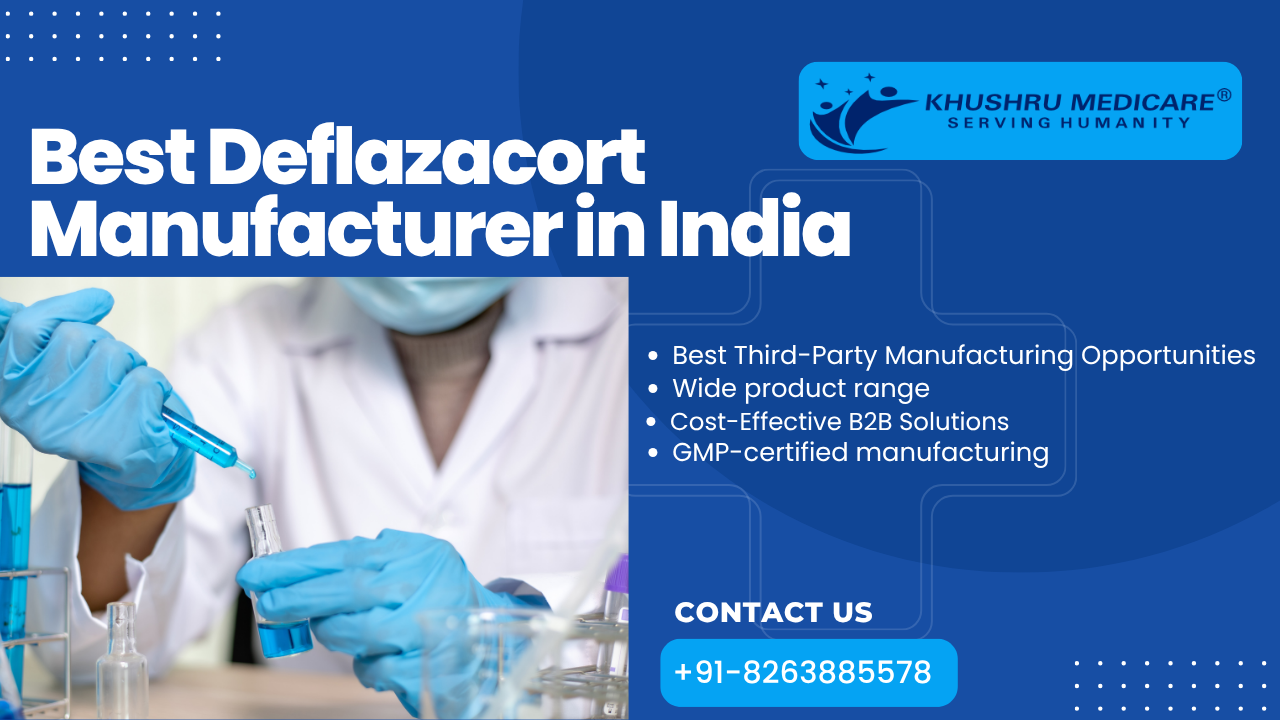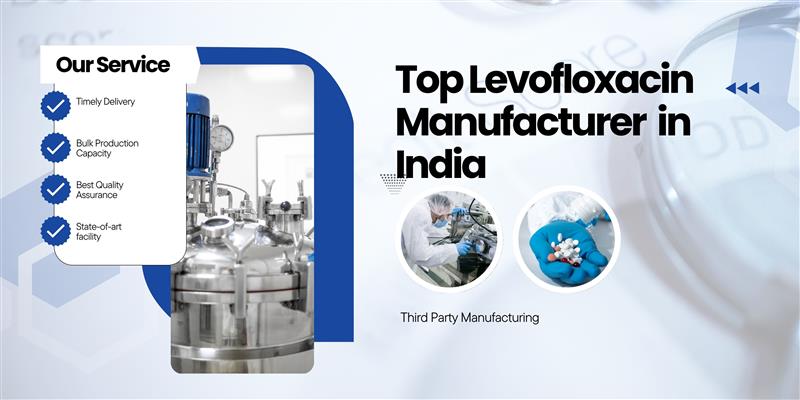
In the dynamic realm of medicines, third-party pharma manufacturing has emerged as a revolutionary approach. It involves more than just making medications; it also involves assuring quality, efficiency, and cost effectiveness. The success of your company can be greatly impacted by your grasp of the ins and outs of third-party pharma manufacturing, regardless of your level of experience in the industry.
Understanding Third-Party Pharma Manufacturing
What what is third-party pharma manufacturing then? Essentially, it is the process by which a pharmaceutical company contracts with another business, known as a Contract Manufacturing Organization (CMO), to produce its pharmaceuticals. With this strategy, pharmaceutical companies can leverage the production knowledge of CMOs while concentrating on their key capabilities, such as research and development.
Role of Contract Manufacturing Organizations (CMOs)
Contract Manufacturing Organizations (CMOs) play an essential role in the pharmaceutical sector. They manage every step of the process, from creating active pharmaceutical ingredients (APIs) to packaging finished goods. For instance, Lonza and Catalent have made a name for themselves in the market by offering pharmaceutical businesses top-notch manufacturing services.
The Process of Third-Party Pharma Manufacturing: Step-by-Step Overview
First, the CMO and the pharmaceutical business consult to agree on the project’s goals. Next, during the production process, raw materials are transformed into final goods while strictly following quality control procedures. Finally, the goods are packaged and dispersed, seamlessly entering the supply chain.
Ensuring Quality Control in Pharma Manufacturing
Quality monitoring becomes crucial when manufacturing pharmaceuticals for other parties. CMOs follow strict quality control procedures to guarantee that each product batch meets legal requirements. For example, organizations such as Pfizer collaborate closely with their CMOs to maintain superior production standards, ensuring their medications’ safety and effectiveness.
Benefits of Third-Party Pharma Manufacturing
Enhancing Pharma Production Efficiency
One major benefit of using third-party manufacturers for pharmaceuticals is increased production efficiency. By outsourcing their production, pharma businesses can leverage the specialist knowledge and cutting-edge technologies of CMOs. This approach results in a more effective manufacturing process, reducing the chance of error and speeding up production.
Cost-Effective Pharma Solutions
Outsourcing also significantly reduces costs. Third-party manufacturing eliminates the need for large capital expenditures in manufacturing facilities. For instance, small biotech companies can more efficiently deploy their resources because they don’t have to bear the hefty setup expenses of building their production facilities.
Regulatory Compliance and Quality Considerations
Meeting Regulatory Compliance in Pharma
Navigating regulatory regulations can be challenging, but CMOs are well-versed in these complexities. They minimize the risk of non-compliance by ensuring that all manufacturing processes adhere to national and international norms. A CMO working with the FDA, for instance, must follow strict regulations to guarantee the efficacy and safety of their products.
Quality Control Measures and Standards
In the pharmaceutical industry, maintaining high standards of quality is non-negotiable. CMOs implement strong quality control procedures, such as routine testing and inspections, to ensure that each batch of products meets the necessary requirements. For example, GlaxoSmithKline collaborates with CMOs where strict quality control is an essential aspect of their production method.
Choosing the Right Third-Party Pharma Partner
Factors to Consider When Selecting a CMO
Choosing the appropriate CMO is essential. You should consider the CMO’s experience, technological prowess, and adherence to regulations. Johnson & Johnson, for example, selects CMOs based on their capacity to meet strict quality and regulatory standards.
Building Strong Third-Party Pharma Partnerships
A solid working relationship with your CMO is necessary for success. This requires open communication, mutual trust, and a commitment to excellence. These pillars provide the basis for effective collaborations, such as the one Novartis has with its CMOs, ensuring seamless and productive production procedures.
Trends and Innovations in Third-Party Pharma Manufacturing
The landscape of pharmaceutical manufacturing is ever-changing. One current development is the adoption of continuous production processes and quality control using AI and machine learning. These advancements make medication manufacturing more accurate and efficient.
Technological Advancements and Innovation in Pharma Manufacturing
Modern pharmaceutical manufacturing revolves around technological breakthroughs. Innovations like automation and 3D printing revolutionize the sector, enabling more accurate and efficient production. Companies like Merck, which utilize these technologies, stay ahead of the curve and set new industry benchmarks.
Optimizing and Streamlining the Pharma Supply Chain
Successful supply chain management is essential to the success of third-party pharmaceutical manufacturing. Strategies such as just-in-time production and integrated supply chain management ensure on-time and cost-effective product delivery. This approach is particularly crucial for making life-saving medications available when and where they are needed.
Case Studies of Effective Supply Chain Strategies
Roche’s collaboration with CMOs illustrates an optimized supply chain in action. Integrated supply chain strategies have led to much faster delivery times and lower costs. These case studies highlight the significance of efficient supply chain management in third-party pharmaceutical manufacturing.
Addressing Challenges in Third-Party Pharma Manufacturing
Common challenges in third-party pharmaceutical manufacturing include overseeing quality control, ensuring regulatory compliance, and maintaining effective communication between the CMO and the pharmaceutical business. Recognizing these obstacles is the first step in overcoming them.
Strategies for Overcoming Challenges
Implementing strong quality management systems, funding frequent training for CMO employees, and encouraging open and transparent communication channels are all doable strategies to address these issues. AstraZeneca, for instance, has effectively surmounted these obstacles by taking a proactive stance when it comes to regulatory compliance and quality control.
Ensuring Continuous Improvement and Efficiency
Maintaining efficiency in third-party pharmaceutical outsourcing requires constant improvement. This entails investing in new technologies, soliciting input from all stakeholders, and routinely assessing and improving manufacturing processes. Businesses like Bayer that place a strong emphasis on continuous improvement routinely achieve high standards for both productivity and product quality.
There are several advantages to using third-party pharmaceutical outsourcing, including lower costs and more productive output. Pharmaceutical firms can use third-party manufacturing to spur growth and success by comprehending the process, selecting the best partners, and keeping up with developments and trends in the sector.
Additional Resources
Need expert advice on third-party pharma partnerships? Contact us for personalized consulting services to help you navigate the complexities of third-party manufacturing.




